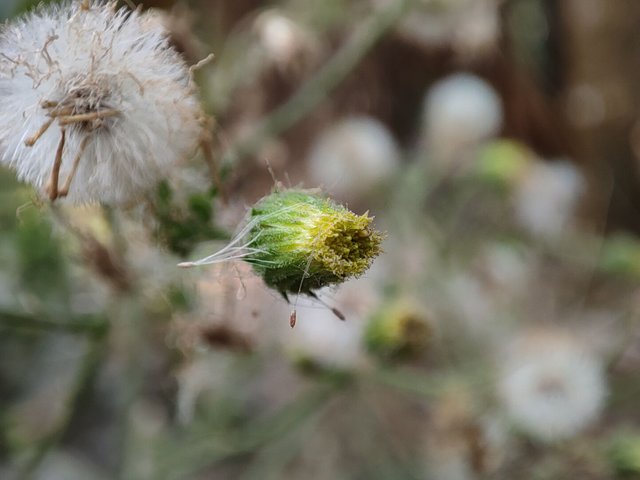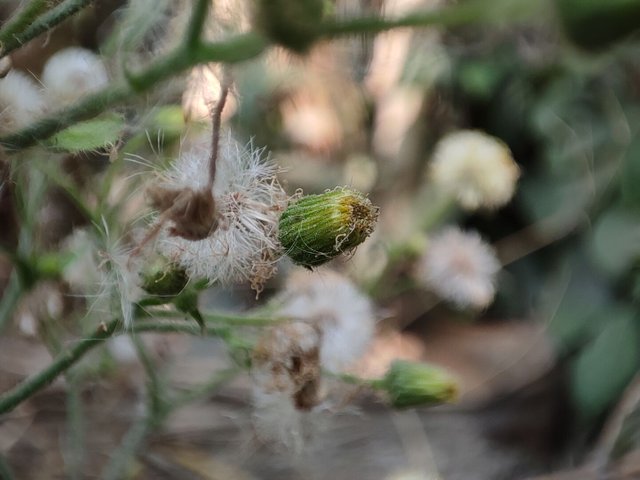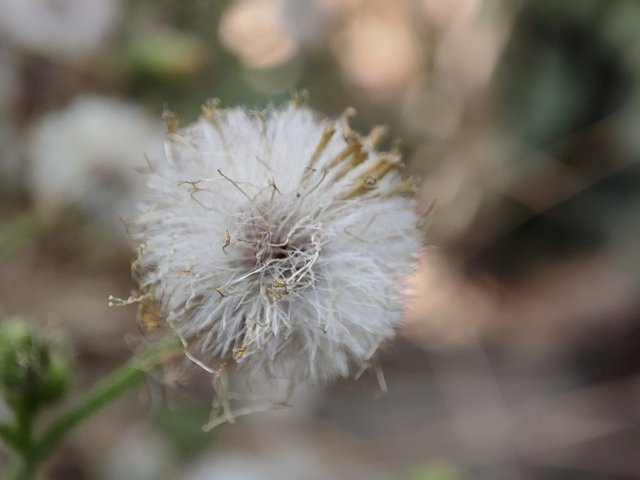Blumea So Beautiful Flower
Blumea: A Powerful Genus in Traditional Medicine and Biodiversity
Blumea is a fascinating and highly versatile genus of flowering plants that belongs to the family Asteraceae—a family widely recognized for its composite flower heads and global significance in traditional medicine, ecology, and agriculture. Native primarily to tropical Asia and Australia, the genus encompasses over 100 species, many of which have been used for centuries in indigenous healing practices and are now gaining modern scientific attention.
Botanical Profile
Blumea species are typically herbaceous plants or small shrubs, often aromatic, with a strong scent that varies by species. Their flowers are characteristically small, yellowish to purplish, and grouped in compact heads, much like other members of the daisy family.
One of the most well-known and studied species is Blumea balsamifera, commonly known as sambong in the Philippines and ngai camphor in parts of Southeast Asia. This species, like many in the genus, grows abundantly in grasslands, roadsides, and secondary forests—demonstrating the plant’s resilience and adaptability.
Ethnomedicinal Uses
The traditional use of Blumea spans various cultures and ailments:
Blumea balsamifera has been used for its diuretic, anti-inflammatory, and anti-urolithiasis properties. In Filipino traditional medicine, sambong is recognized as one of the ten approved medicinal plants by the Department of Health and is commonly prescribed for kidney stones and urinary tract infections.
Other species, such as Blumea lacera and Blumea mollis, are utilized in Ayurveda and traditional Chinese medicine. Their leaves and roots may be used in decoctions to treat fever, rheumatism, wounds, and respiratory conditions.




%20(8).jpeg)